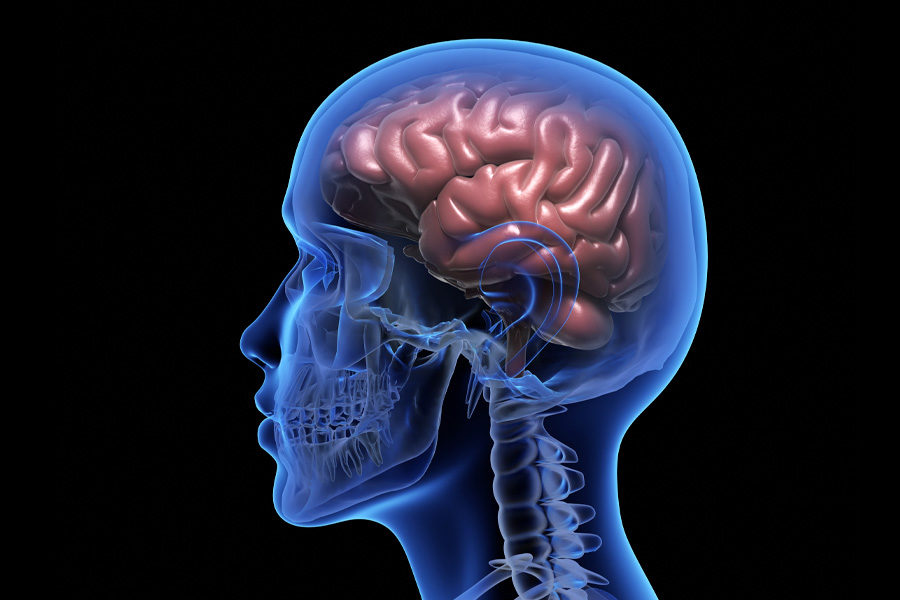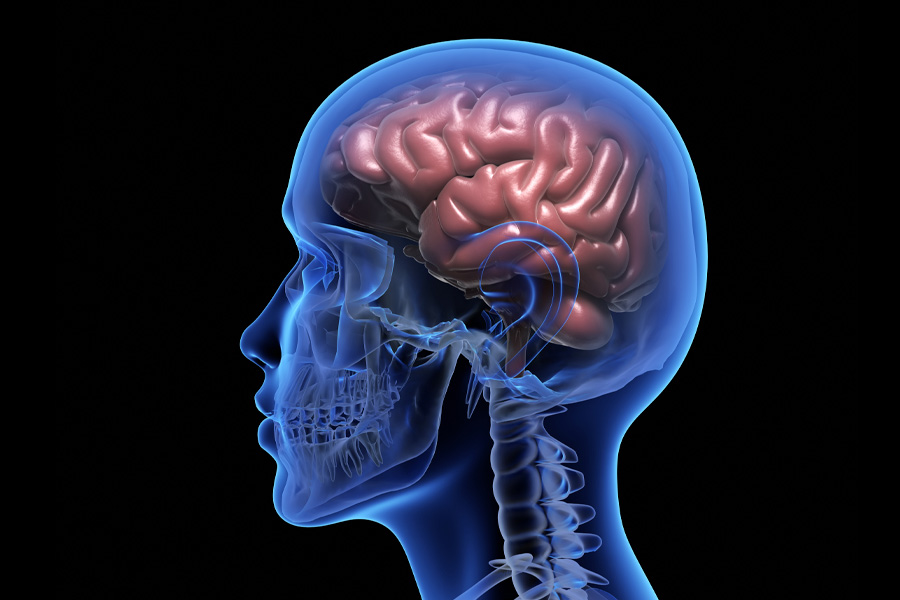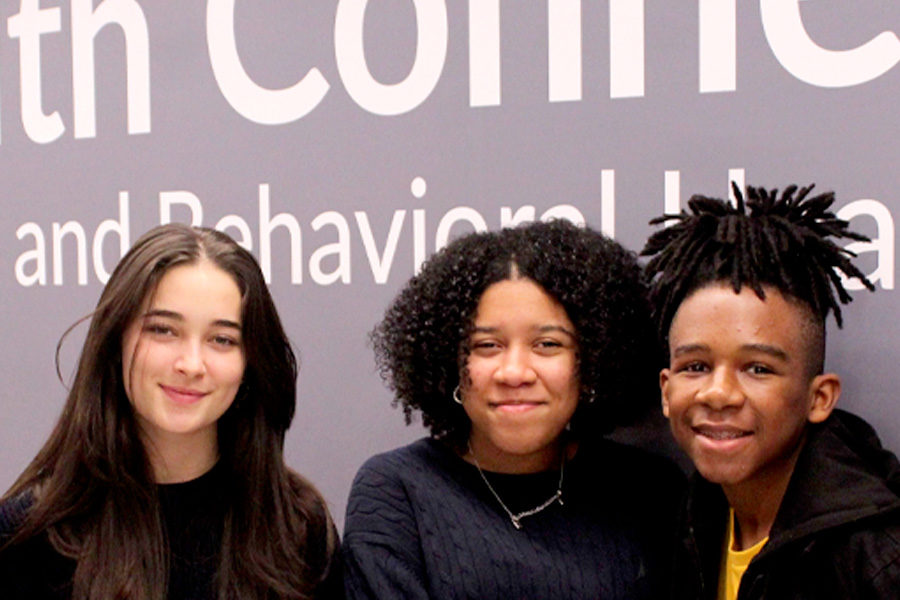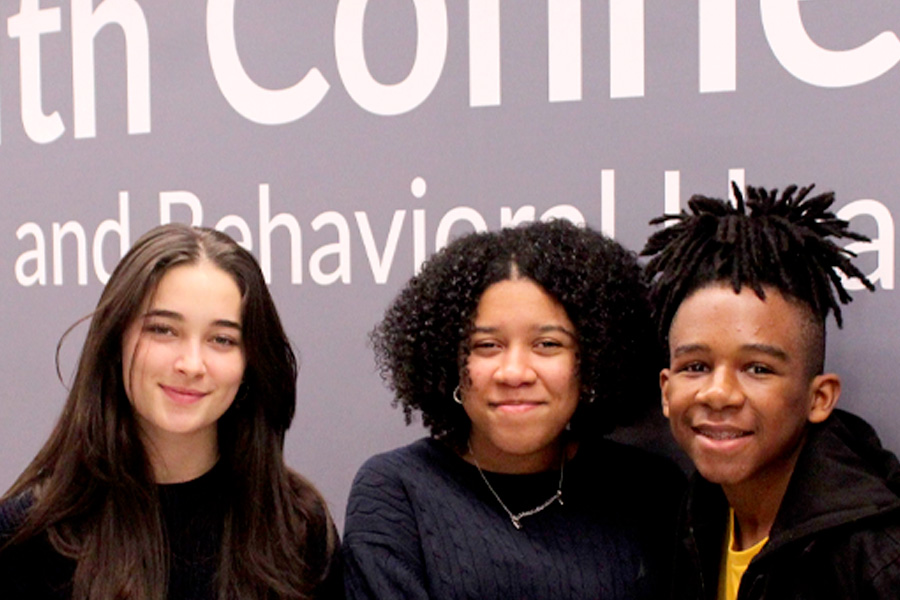Comprehensive Suicide Prevention: Understanding Adverse Childhood Experiences (ACEs)

Comprehensive Suicide Prevention: Understanding Adverse Childhood Experiences (ACEs)
Be sure to watch the vignette above from Teen Health Connection’s The Big Picture titled “The ACEs Test” for a look at the types of experiences considered to be Adverse Childhood Experiences. Knowing your score can help you, and your healthcare provider, make informed decisions about your care.
What are Adverse Childhood Experiences (ACEs)?
Adverse Childhood Experiences (ACEs) are potentially traumatic events that occur in childhood but cause pervasive effects on health throughout the lifetime. ACEs may occur inside or outside the home, and include events such as child abuse, neglect, food insecurity, violence, deportation, and bullying. These experiences can have profound and lasting effects on an individual’s health and well-being and can be influenced by individual, family, and community factors. ACEs impact not only mental health, but also significantly increase the risk of physical health conditions.
Are ACEs Common?
- About 64% of adults in the United States reported they had experienced at least one type of ACE before age 18.
- Nearly one in six (17.3%) adults reported they had experienced four or more types of ACEs.
What’s the link between ACEs and suicide?
Suicide and ACEs are both complex topics, influenced by a variety of compounding factors. However, the link between increased ACEs and increased suicidality is clear.
Research has consistently shown a strong correlation between ACEs and an increased risk of suicide. Individuals who have experienced six or more ACEs are over 24 times more likely to attempt suicide compared to those with no ACEs (Merrick, 2017). This heightened risk is due to the toxic stress caused by ACEs, which can negatively affect brain development, immune systems, and stress-response systems (CDC).
ACEs have a “dose-response relationship,” meaning the more ACEs an individual has experienced, the greater likelihood of suicidal ideation and other negative health outcomes (Merrick, 2017). You can’t lower your ACE score, but you can mitigate the risk.
Do ACEs increase risk for other conditions?
ACEs are associated with at least 5 out of the 10 leading causes of death, including heart disease and cancer. Preventing ACEs could potentially reduce many health conditions, including depression and suicidality. Estimates show up to 1.9 million heart disease cases and 21 million depression cases potentially could have been avoided by preventing ACEs (CDC).
What can family and community members do?
Preventing ACEs and mitigating their effects is crucial for reducing suicide rates. Communities can create supportive environments for children, providing mental health resources, and addressing social determinants of health such as poverty and discrimination. By understanding the profound impact of ACEs on mental health, we can take steps to support those affected and work towards a future where fewer individuals are at risk of suicide.
Creating safe, stable, nurturing relationships and environments for all children can prevent ACEs and help all children reach their full potential. We each have a role to play in empowering every adolescent to be healthy, safe, and successful.
How can Teen Health Connection help?
Teen Health Connection is proud to practice Trauma-Informed Care. Our behavioral health clinicians are trained to assist adolescents in navigating and understanding trauma. If you’d like to learn more about behavioral health services, call triage at (704) 381-8379.
If you or someone you know is struggling with suicidal thoughts, please seek help immediately. Contact the National Suicide Prevention Lifeline by calling or texting 9-8-8 or by visiting 988LifeLine.org.
Resources
About Adverse Childhood Experiences | Adverse Childhood Experiences (ACEs) | CDC
Merrick, M. T., Ports, K. A., Ford, D. C., Afifi, T. O., Gershoff, E. T., & Grogan-Kaylor, A. (2017). Unpacking the impact of adverse childhood experiences on adult mental health. Child abuse & neglect, 69, 10–19. https://doi.org/10.1016/j.chiabu.2017.03.016






















